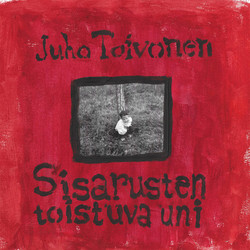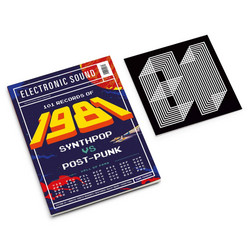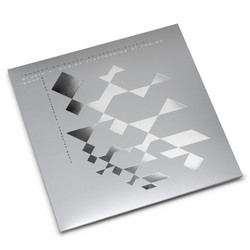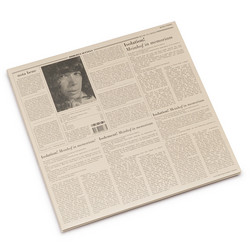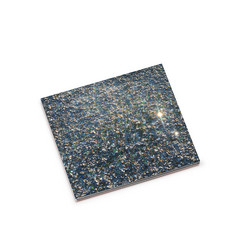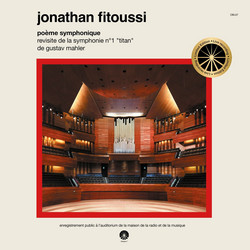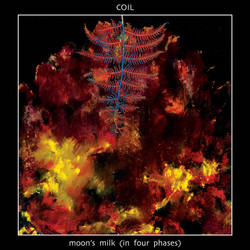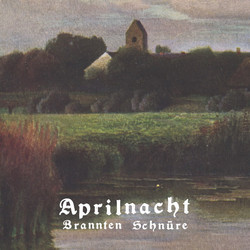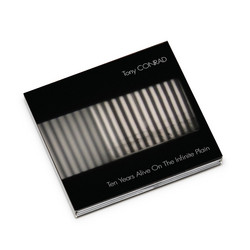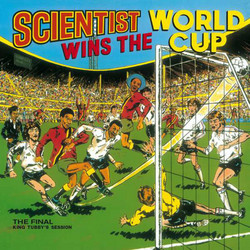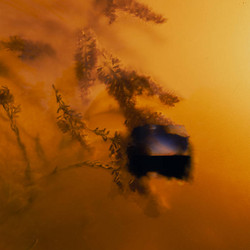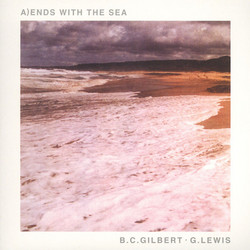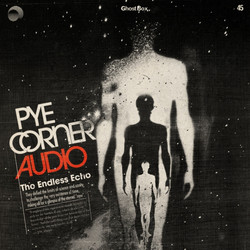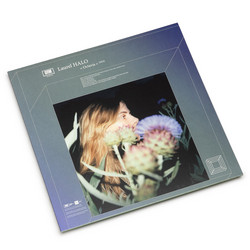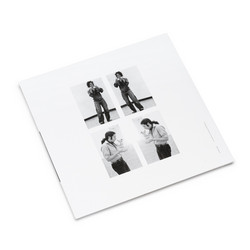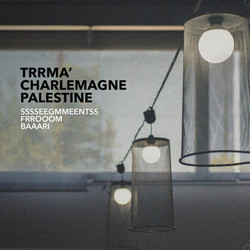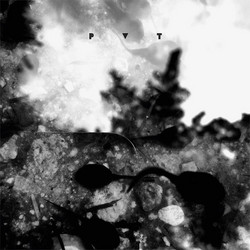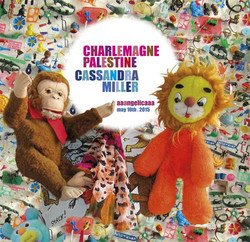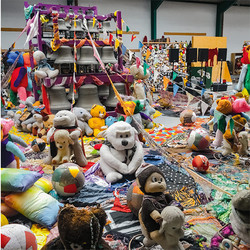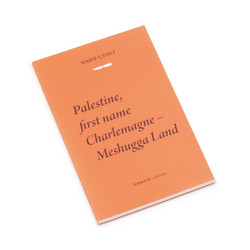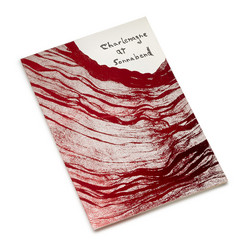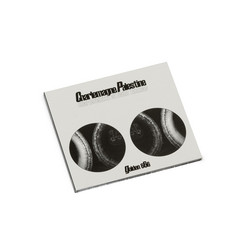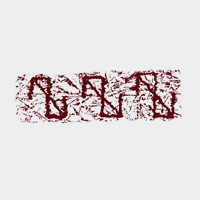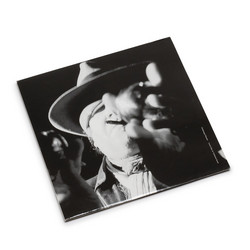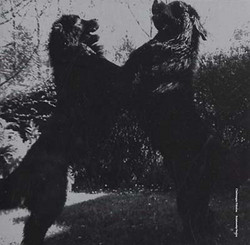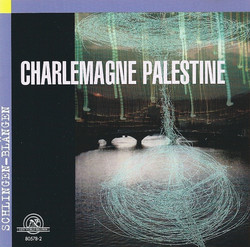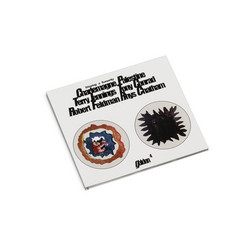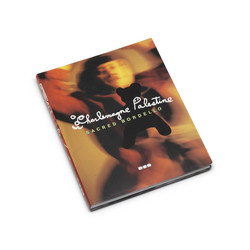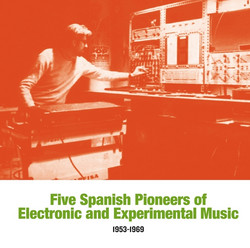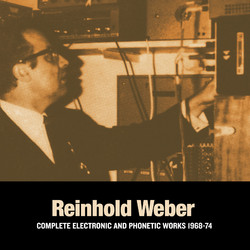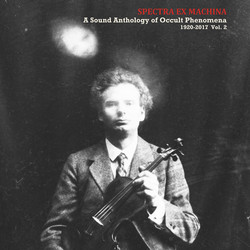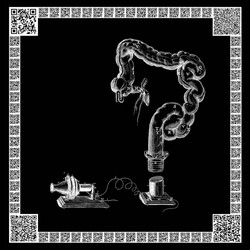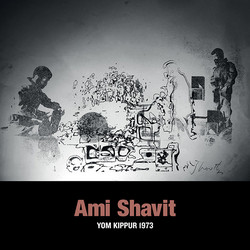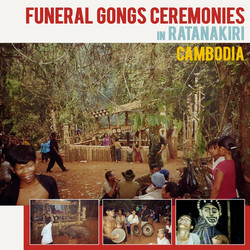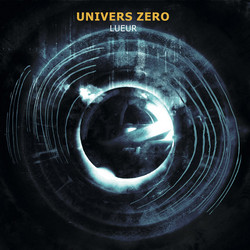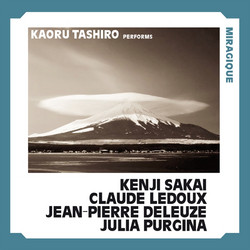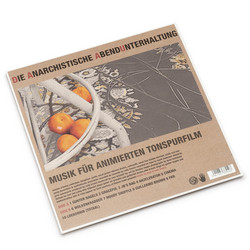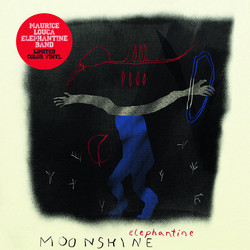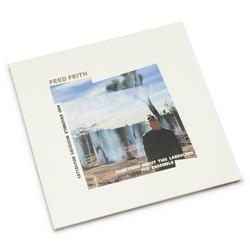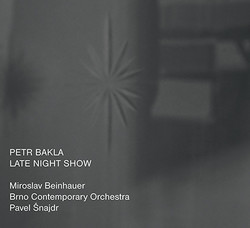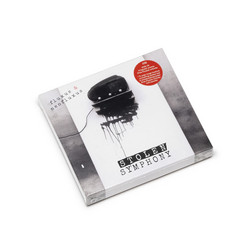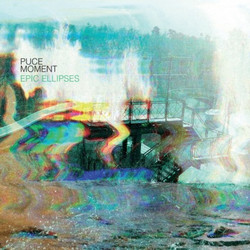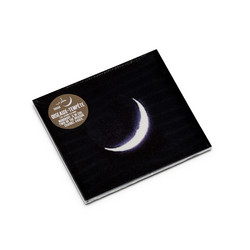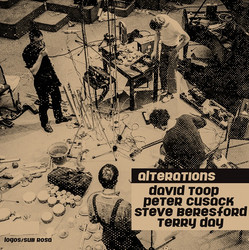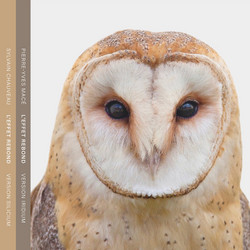a Milestone!!!! The revolutionary masterpiece published on Shandar label in the mid 70s in a deluxe 3cd expanded version. "In the beginning were the Bells. All of the Strumming Music manifestations seem to have originated from Charlemagne's physical relationship with the colossal carillon bells in the tower of St. Thomas Church on Fifth Avenue in New York.
I met Charlemagne Palestine in 1968. The intensity of his listening impressed me as the intensity of his playing would later, when I heard him play on the carillon and the bells to "his church". I realized later, when Charlemagne had started to develop his series of piano pieces called Strumming, that he was assaulting that concrete ceiling and literally pushing through its three feet to release the sonic energy in the piano, much as he had with the carillon. Charlemagne's interest and work in electronic music increased in the late 60's and in 1970 he decamped to southern California where he became a graduate student working with Morton Subotnick. It was during this year at CalArts (1970-71) that Charlemagne developed an approach to the piano that was not only extremely repetitive and physical but predicated on the theory that, given the right stimulus, the instrument had a voice of its own and could produce a whole array of high overtones that seem to jump out on their own as if by magic. Over the next few years he developed and polished the music that came to be known simply as "Strumming."
The rapid alternation between single notes and chords and different registers became a technique that he seemed to own, and it really only worked with this magic piano. "Strumming" was the physical technique; the melodies and harmonies that resulted made the music breathe and feel alive. After a while, the ear doesn't distinguish between notes that are sounded by hammers and those which are harmonics, generated by the natural resonance of the piano and just appear because of the acoustical situation." extract from liner notes by Ingram Marshall
"Strumming For Bösendorfer Piano" (performed by Charlemagne Palestine in 1974). "Strumming For Harpsichord" (performed by Betsy Freeman at Carnegie Recital Hall, New York in 1977). "Strumming For Strings" (performed by musicians from San Francisco Conservatory of Music, organized by John Adams in 1977).

